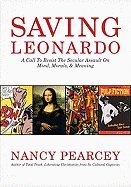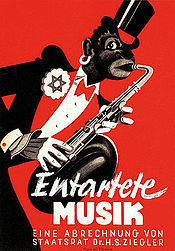What do you think?
Rate this book


Unknown Binding
First published August 27, 2010

"It's time for the church to regroup, rethink, and recast its strategy for social and political engagement. Christians must learn to engage the secular worldviews that drive the public debate. They must learn to articulate a worldview rationale for biblical morality. And most importantly, they must back up their message with authentic living before a watching world." (p. 69)
"Ideas are very difficult to accept if they are solely abstract and theoretical. We need to see them lived out practically — made visible and tangible... we need a 'plausibility structure,' which means a social structure that renders an idea more plausible and believable. And what is the plausibility structure for the gospel? The church, the corporate life of the Christian community." (p. 276)